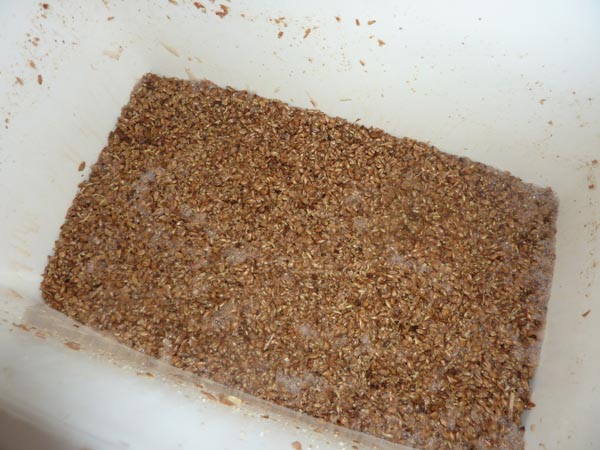Mashing

It is what is happening during the mash that is of particular interest to the brewer. Firstly the crushed malted barley is hydrated which is important because in the case of the mash, natural enzymes in the malt need the water to be able to work. The brewer needs the enzymes working to break down the starches into fermentable sugars, the malt is crushed to break up the kernels and expose as much of these starches as possible.
The temperature is important because it’s at a temperature of around 64 – 68°C that the enzymes we want working start converting the starches to sugars. The brewer can control the temperature for instance aiming at the upper range, 68°C and this will produce a beer with more body as the enzymes leave more dextrins (unfermentable sugars) in the wort. At the lower end of the range the enzymes convert a lot more of the starches to fermentable sugars making a thinner more fermentable beer.
This mashing procedure usually takes an hour for the enzymes to convert the starches in the grain to simpler sugars and can involve taking the temperature up through ranges that activate different enzymes.
After the mash is complete the grains need to be separated from the liquid which is now wort. The separated wort is called the first runnings and the vessel used to mash in is usually designed to easily separate liquids from grains and produce a clear wort. The resulting grains are then sparged with extra water whilst the first runnings are being drawn off, sparging rinses the grain to extract all the remaining sugars that are left clinging to the spent grains.
